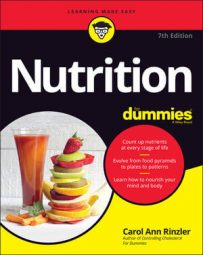- Sharply reduce your appetite so that you simply don't eat much. The best-known example may be the amphetamine and amphetaminelike drugs such as fenfluramine used (surprise!) as diet pills.
- Make food taste or smell bad or steal away your senses of taste or smell so that eating isn't pleasurable. One example is the antidepressant drug amitriptyline (Elavil), which can leave a peculiar taste in your mouth.
- Cause nausea, vomiting, or diarrhea so that you either can't eat or do not retain nutrients from the food you do eat. Examples include the antibiotic erythromycin and many drugs used to treat cancer.
- Irritate the lining of your intestinal tract so that even if you do eat, your body has a hard time absorbing nutrients from food. The most common examples of this kind of interaction occur with drugs used in cancer chemotherapy.
The moderately good news is that new medications appear to make some drugs (including anticancer drugs) less likely to cause nausea and vomiting. The best news is that many drugs are less likely to upset your stomach or irritate your gut if you take them with food. For example, taking aspirin and other nonprescription painkillers, such as ibuprofen, with food or a full glass of water may reduce their natural tendency to irritate the lining of your stomach.

